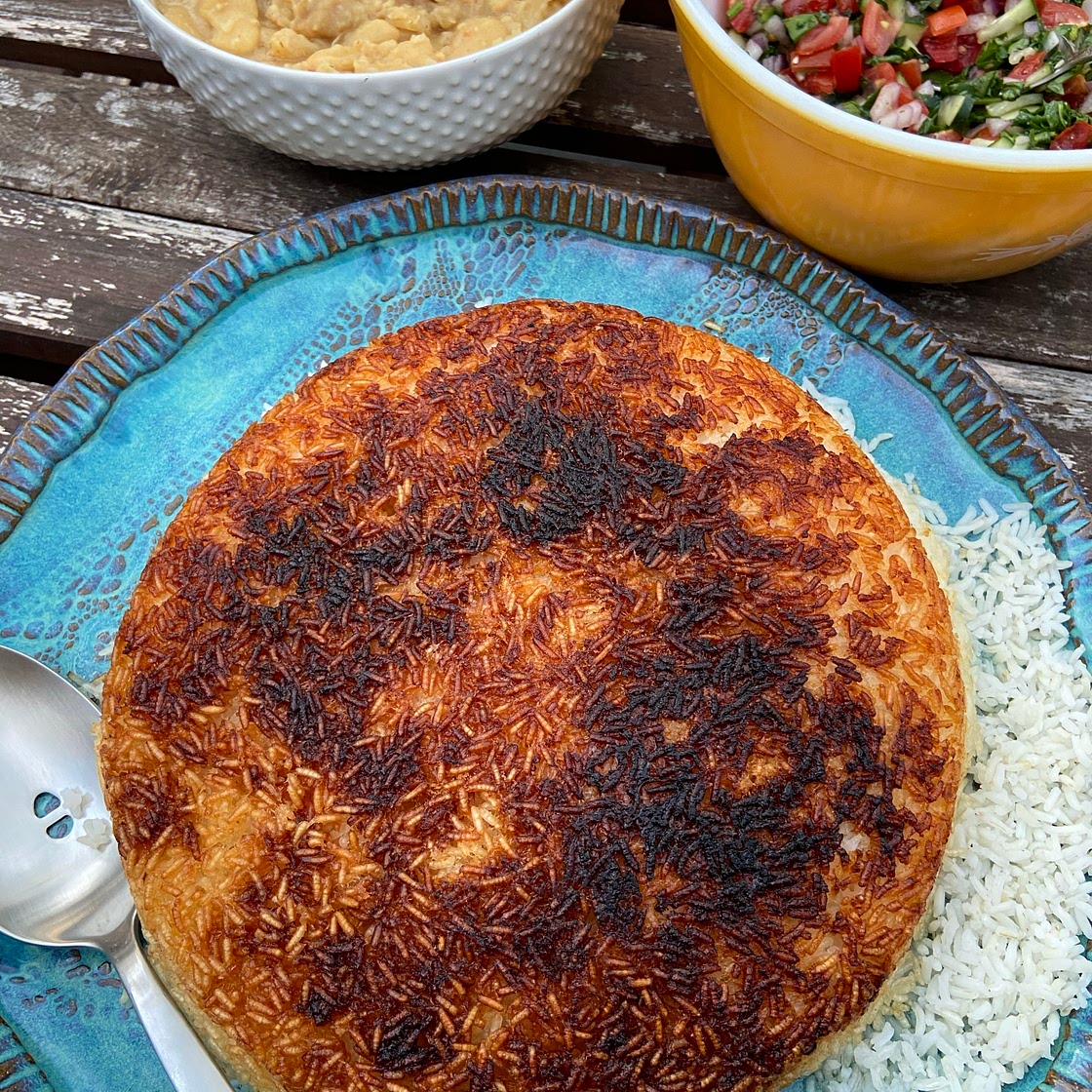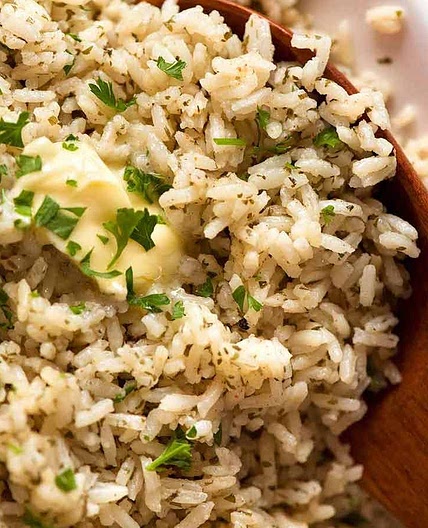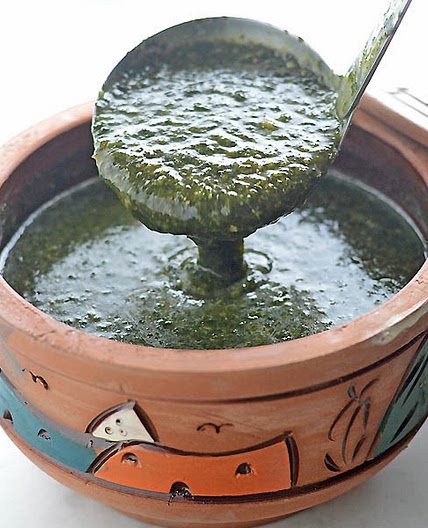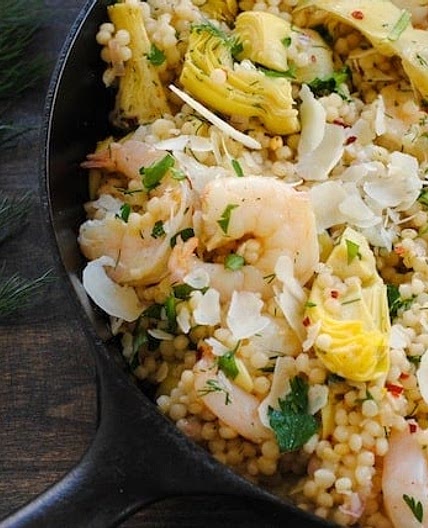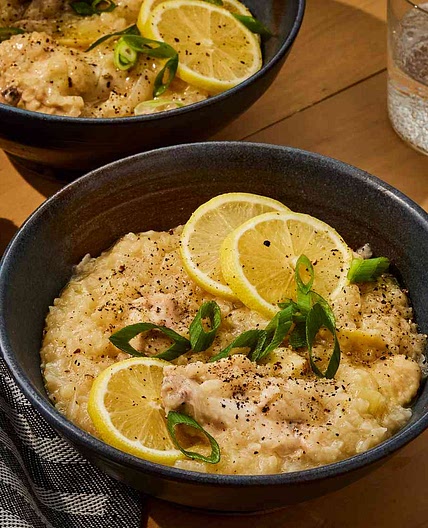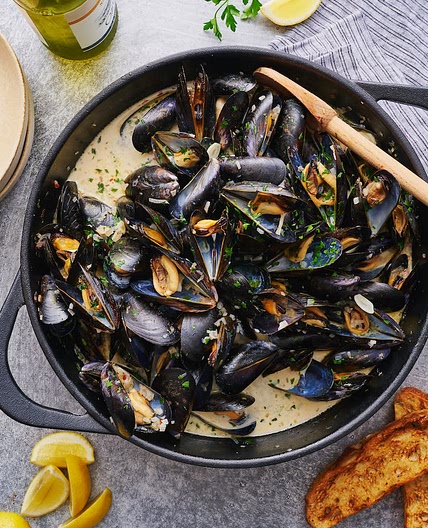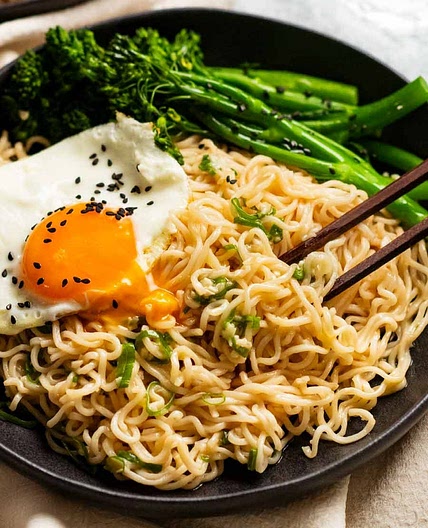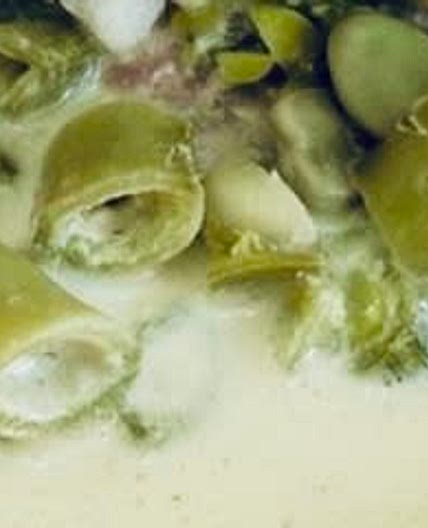By Dana Cobb
Tahdig
Use more oil in the pan than specified for a crispier crust.
Updated at: Thu, 17 Aug 2023 02:44:56 GMT
Nutrition balance score
Unbalanced
Glycemic Index
58
Moderate
Nutrition per recipe
Calories1832.8 kcal (92%)
Total Fat78.8 g (113%)
Carbs251.6 g (97%)
Sugars2.5 g (3%)
Protein24.2 g (48%)
Sodium55852.7 mg (2793%)
Fiber4.1 g (14%)
% Daily Values based on a 2,000 calorie diet
Ingredients
0 servings
Instructions
Step 1
Fill a large stockpot with 4 quarts of water and bring to a boil over high heat.
Step 2
In the meantime, place rice in a bowl and rinse with cold water, swirling vigorously with your fingers and changing the water at least five times, until the start has run off and the water runs much clearer. Drain the rice.
Step 3
Once the water comes to a boil, salt it heavily. The precise amount will vary depending on what kind of salt you’re using, but it’s about 6 tablespoons fine sea salt or a generous 1⁄2 cup kosher salt. The water should taste saltier than the saltiest seawater you’ve ever tasted. This is your big chance to get the rice seasoned from within, and it’s only going to spend a few minutes in the salted water, so don’t panic about oversalting your food. Add the rice, and stir.
Step 4
Set a fine-mesh sieve or colander in the sink. Cook rice, stirring from time to time, until it’s al dente, about 6 to 8 minutes. Drain into the sieve and immediately begin rinshing with cold water to stop the rice from cooking further. Drain.
Step 5
Remove 1 cup of the rice and combine it with the yogurt.
Step 6
Set a large, very well seasoned 10-inch cast iron skillet or nonstick frying pan over medium heat, then add the oil and butter.
Step 7
When butter melts, add the yogurt-rice mixture into the pan and level it out. Pile the remaining rice into the pan, mounding it gently toward the center. Using the handle of a wooden spoon, gently dig five or six holes into the rice down to the bottom of the pot, which will be gently sizzling. The holes will allow steam to escape from the bottommost layer of rice so that a crisp crust can form.) There should be enough oil in the pan so that you can see it bubbling up the sides. Add a little more oil if needed to see these bubbles.
Step 8
Continue cooking rice over medium heat, turning the pan a quarter turn every 3 or 4 minutes to ensure even browning, until you start to see a golden crust begin to form at the sides of the pan, about 15 to 20 minutes. Once you see the crust turn from pale amber to gold, reduce the heat to low and continue cooking for another 15 to 20 minutes. The edges of the crust should be golden, and the rice should be cooked completely through. There isn’t a way to tell what tahdig will look like until you flip it, so I prefer to err on the side of overbrowning, but if that makes you uncomfortable, pull the rice after about 35 total minutes in the pan.
Step 9
To unmold the rice, carefully run a spatula along the edges of the pan to ensure that no part of the crust is sticking. Tip out any excess fat at the bottom of the pan into a bowl, gather your courage, and then carefully flip it onto a platter or cutting board. It should look like a beautiful cake of fluffy rice with a golden crust.
Step 10
And if for any reason your rice doesn’t slip out in one piece, do what every Persian grandmother since the beginning of time has done: scoop out the rice, chip out the tahdig in pieces with a spoon or metal spatula, and pretend you meant to do it this way. No one will be the wiser. Serve immediately.
Notes
1 liked
0 disliked
There are no notes yet. Be the first to share your experience!
